Scientists found that most of the Norwegian cases had a low level of maturity. Collaborative social innovation is hard to accomplish in practice. The project showed that the general level of knowledge when it came to collaborative social innovation was low, and that the municipalities struggled to achieve true user involvement in the cases.
By combining theory and experience from the cases, there has been developed a model for local collaborative social innovation. This model has been used to create a digital processing tool for collaborative social innovation, and gives you a picture of where the collaboration stands, and which fields of action you have to work on to achieve real collaborative social innovation.
This tool makes it possible to adjust course during the process, as well as evaluate the process in hindsight, in light of both values and fields of action – what are we doing well, where do we have challenges, how did we correct things during the process, or where did we fail. The model is based on that collaborative social innovation is relational and contextual, and that positions and roles always need to be transparent in order to being handled adequately. This tool must be used by all involved participants together, and will therefore ensure a high level of equality and openness during the process.
For more information, click here! (only in Norwegian)
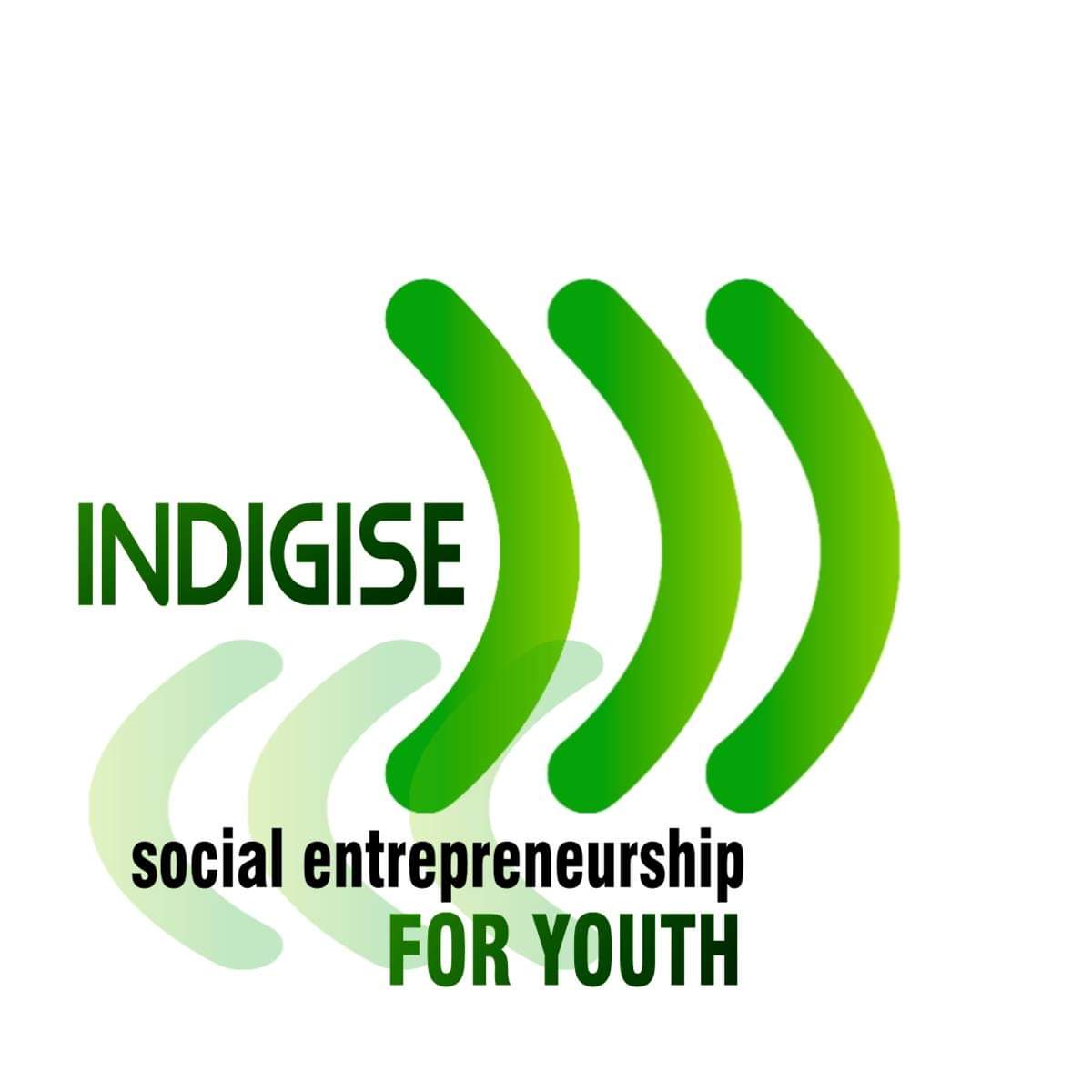

This publication has been prepared within INDIGISE project. The content of this publication is the sole responsibility of the project coordinator and may not always reflect the views of the European Commission or the National Agency.
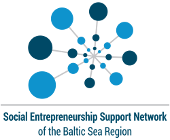
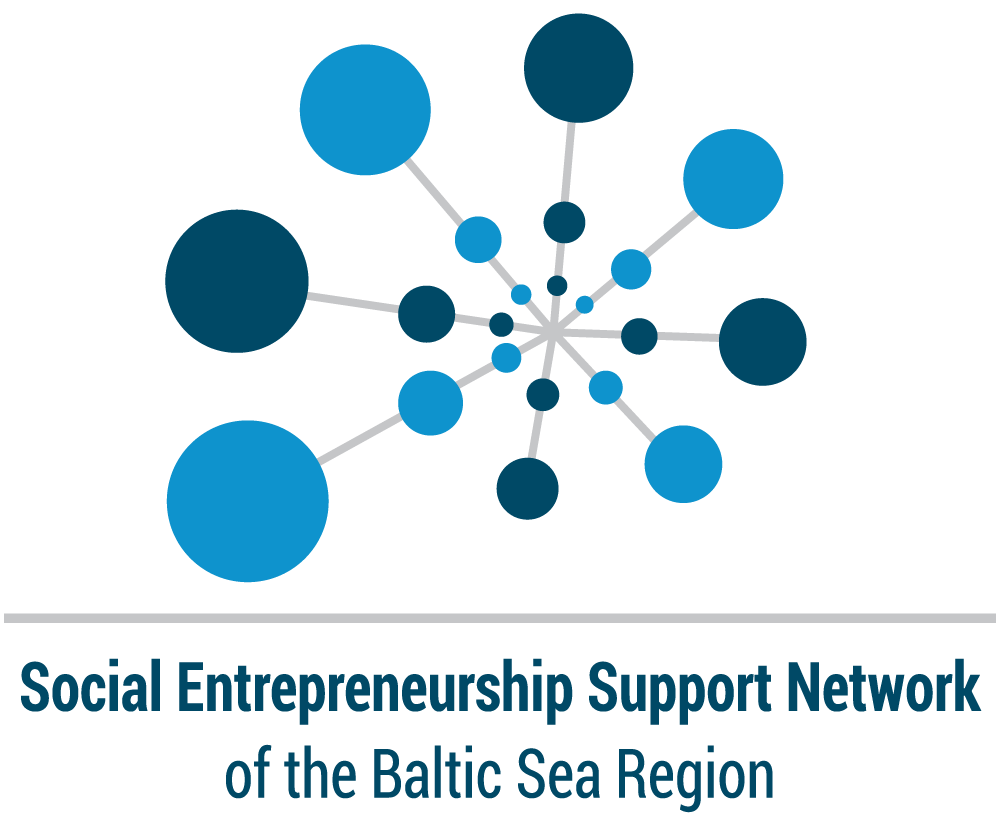

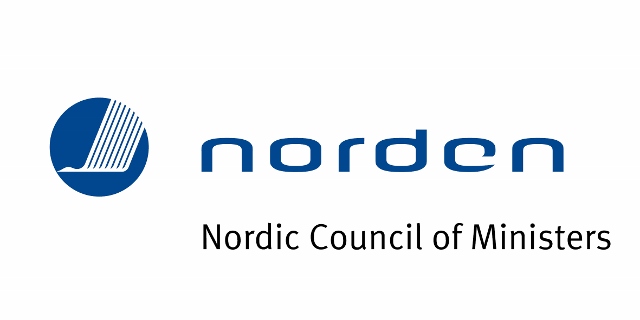


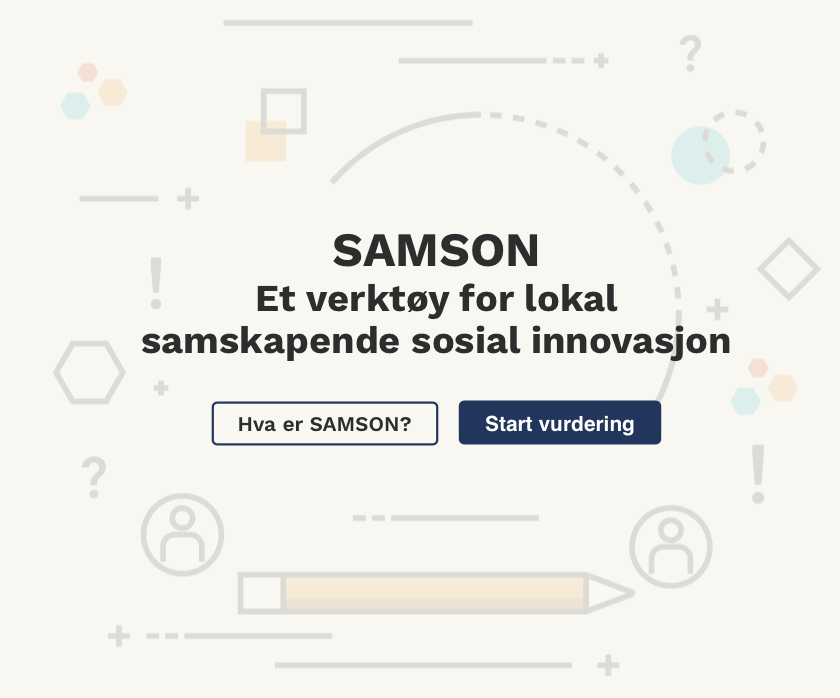
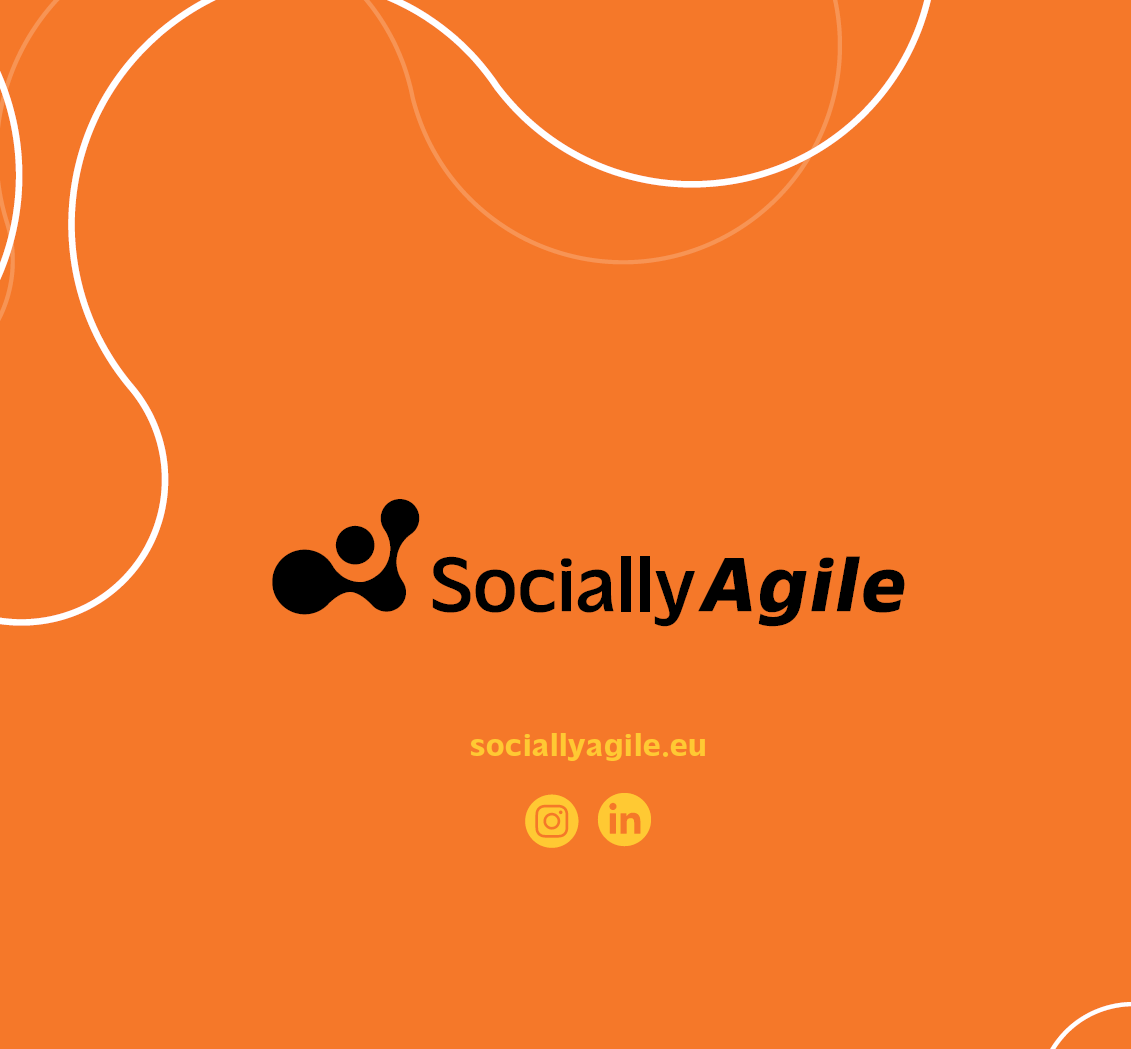
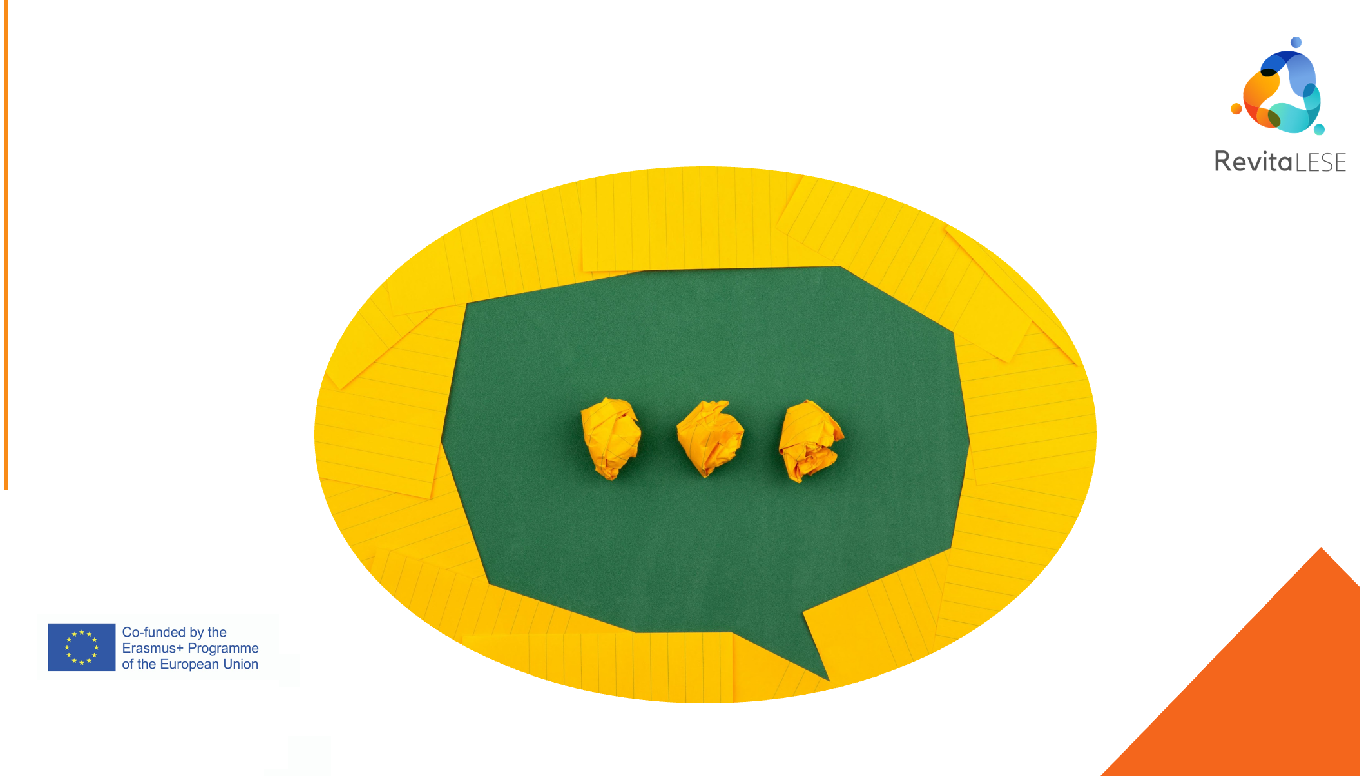
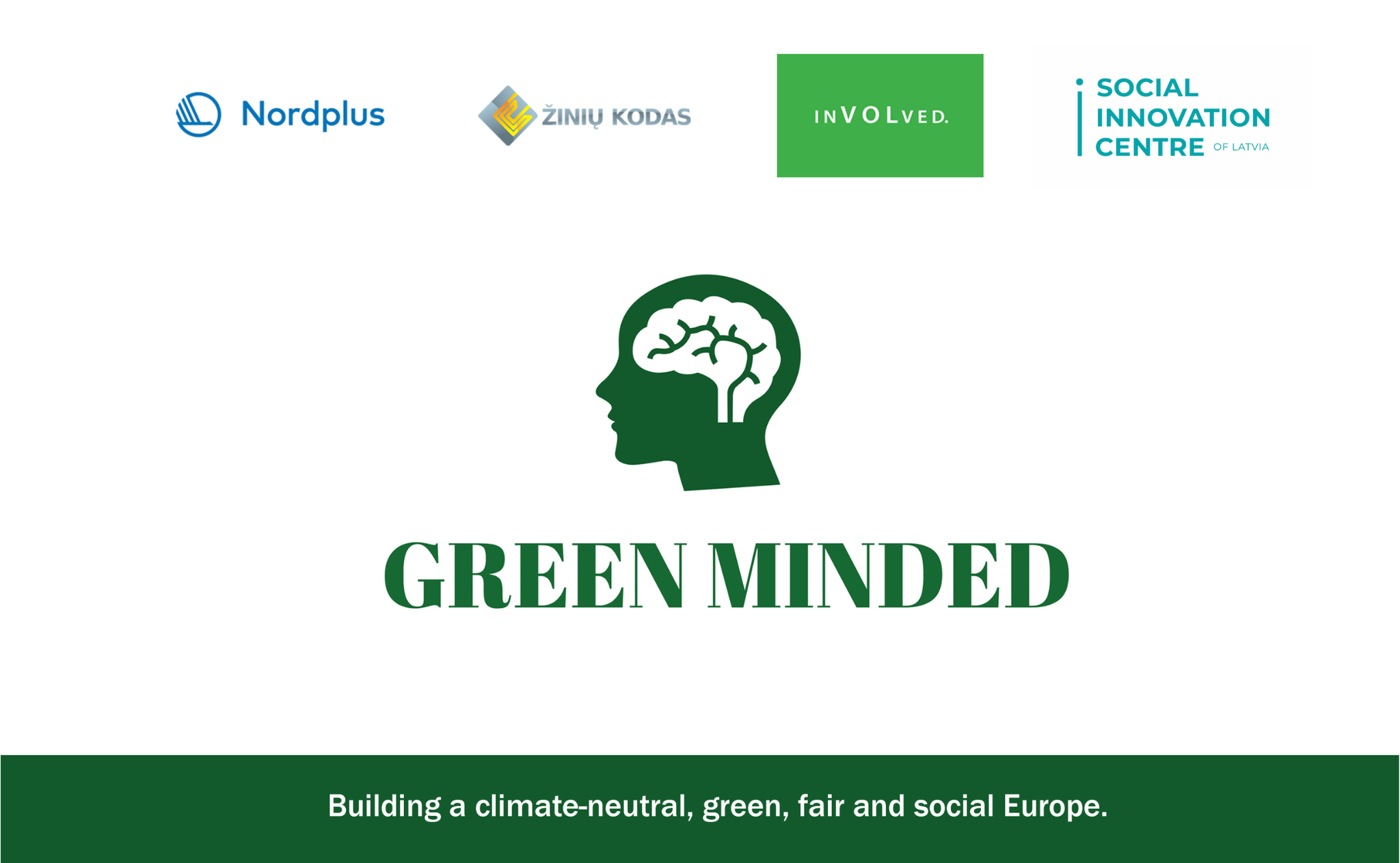
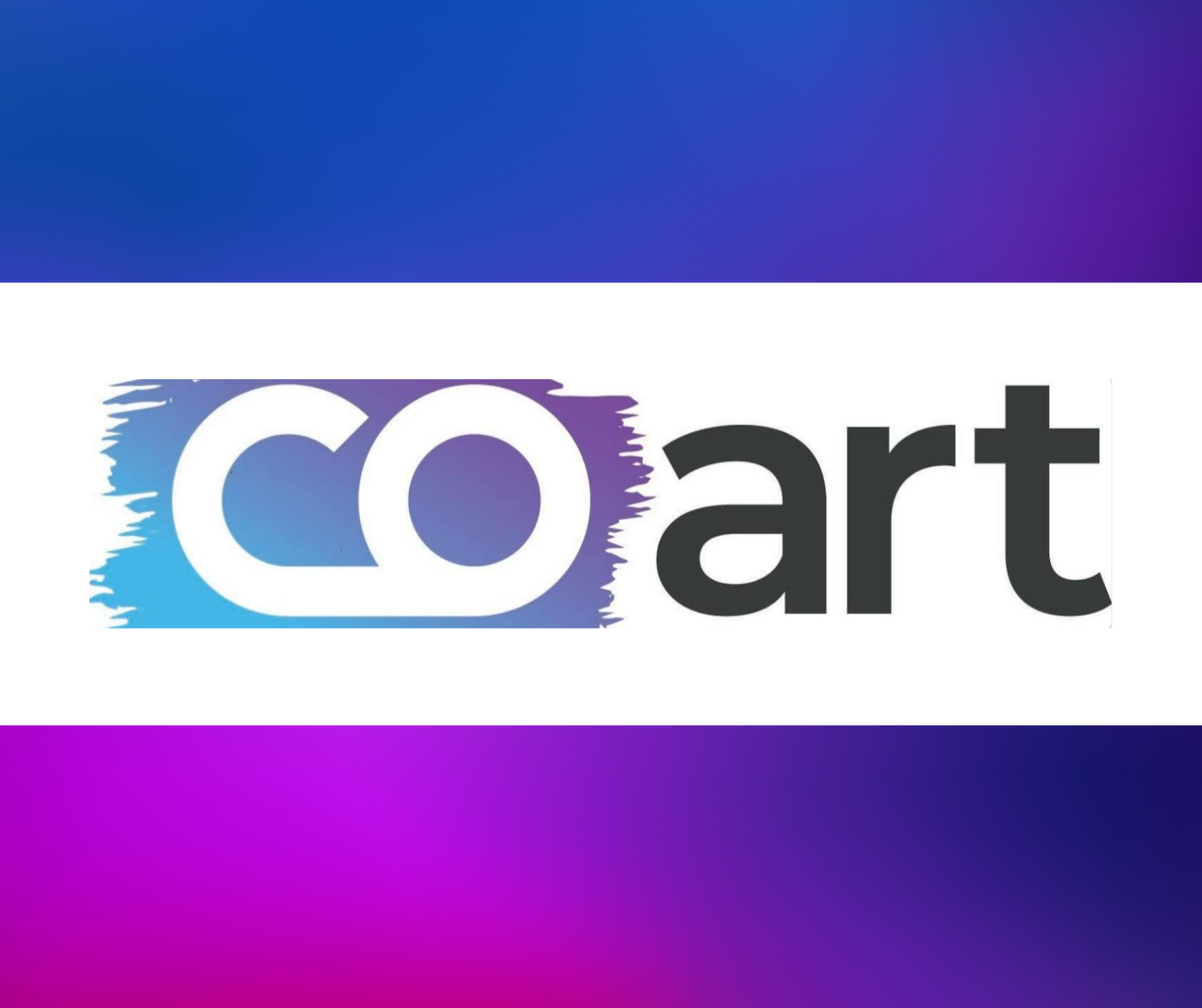


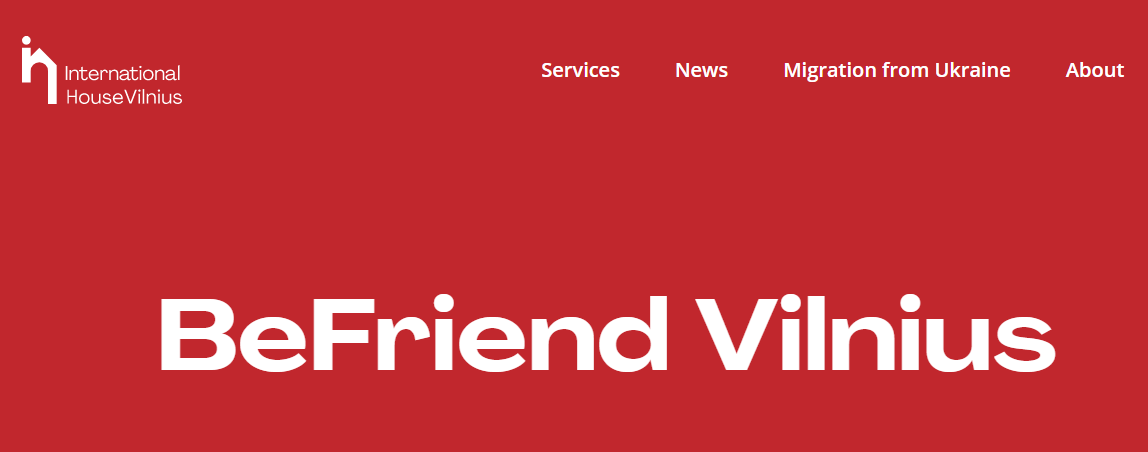
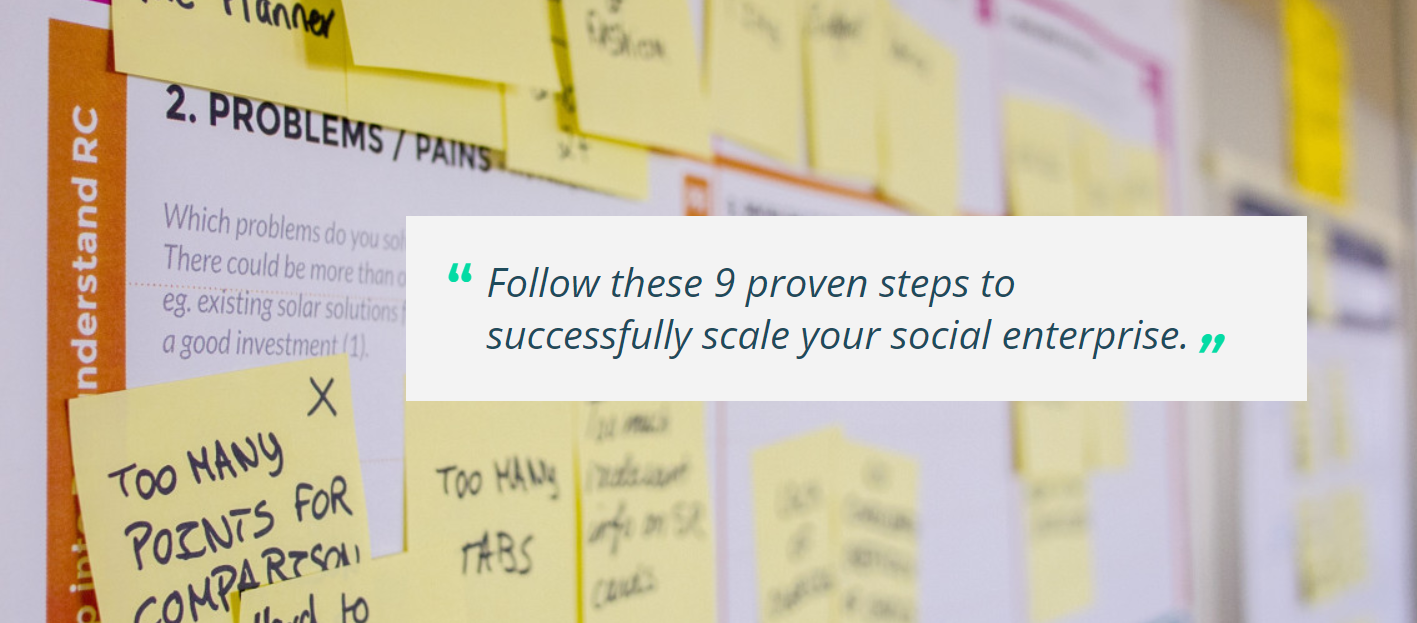
Leave A Comment